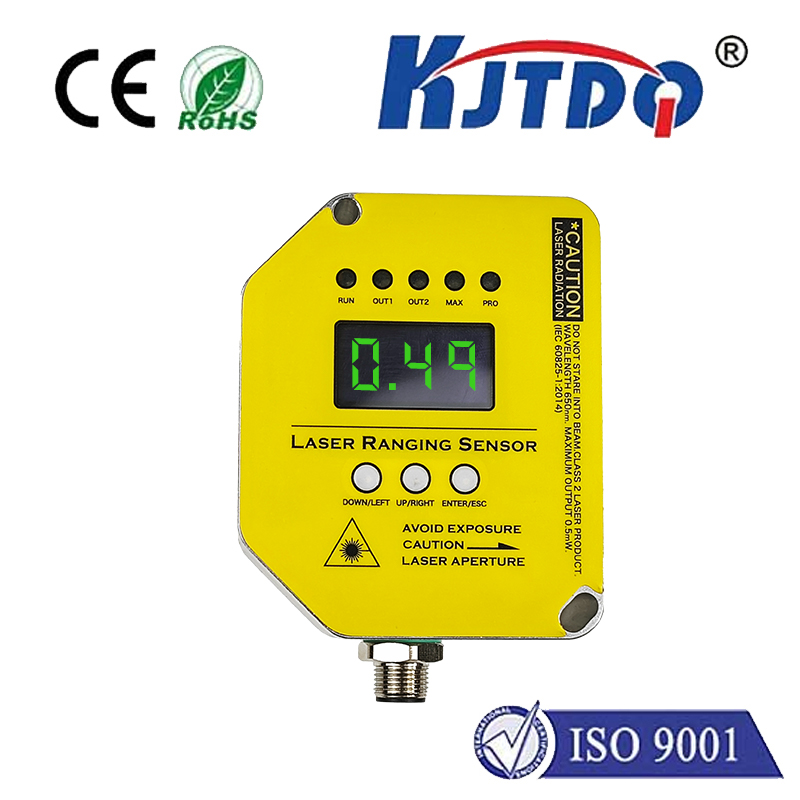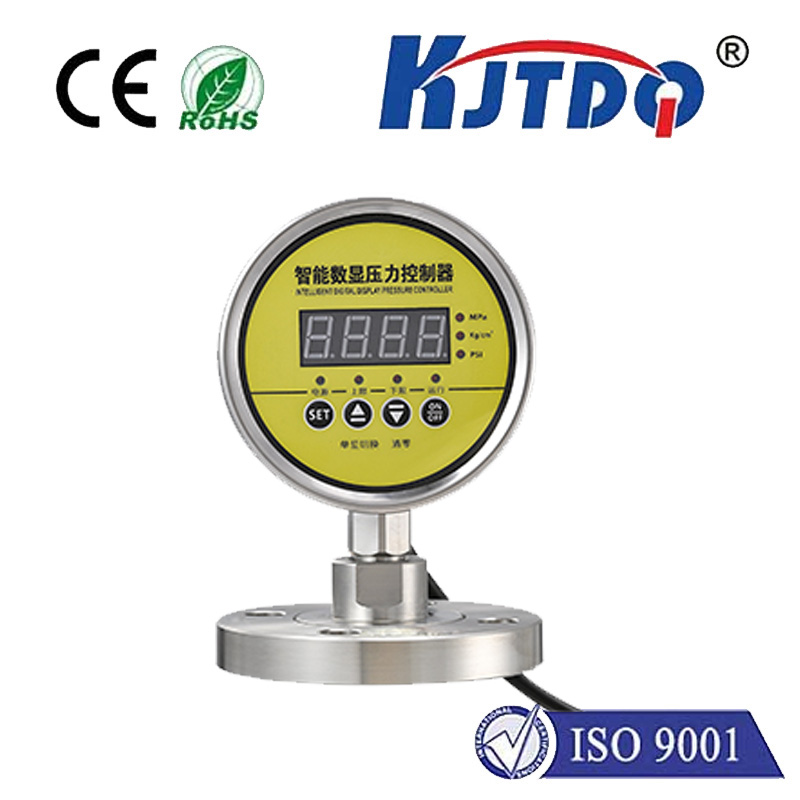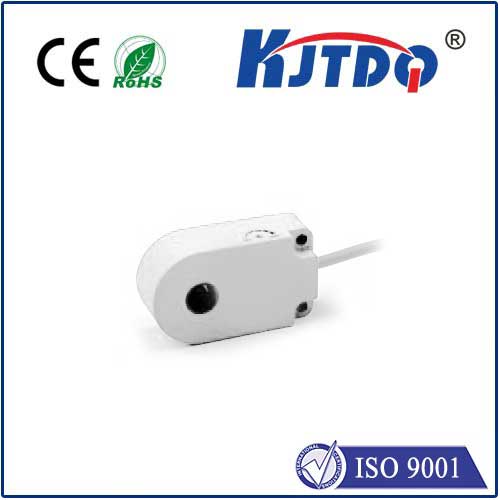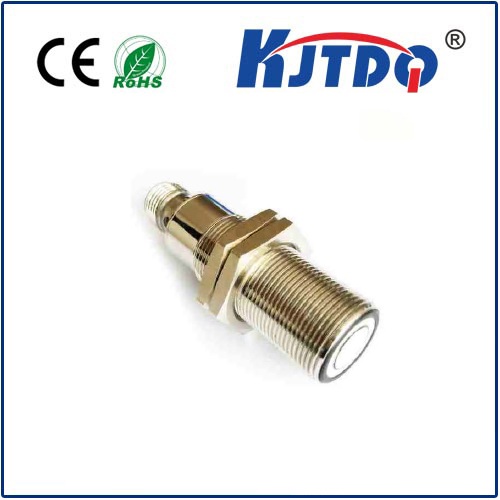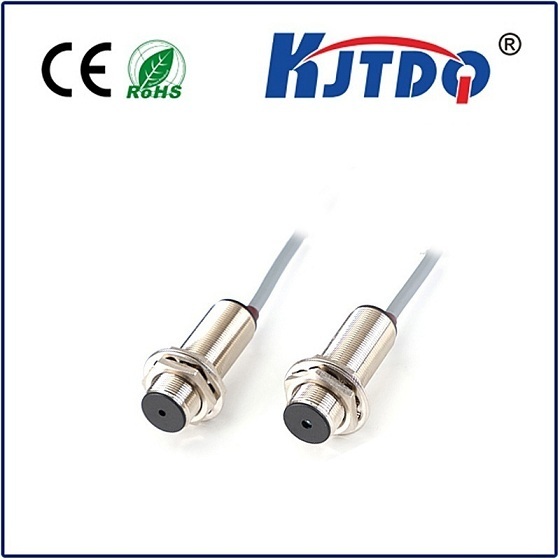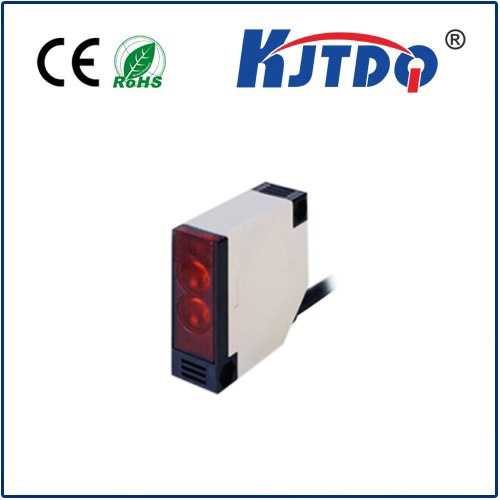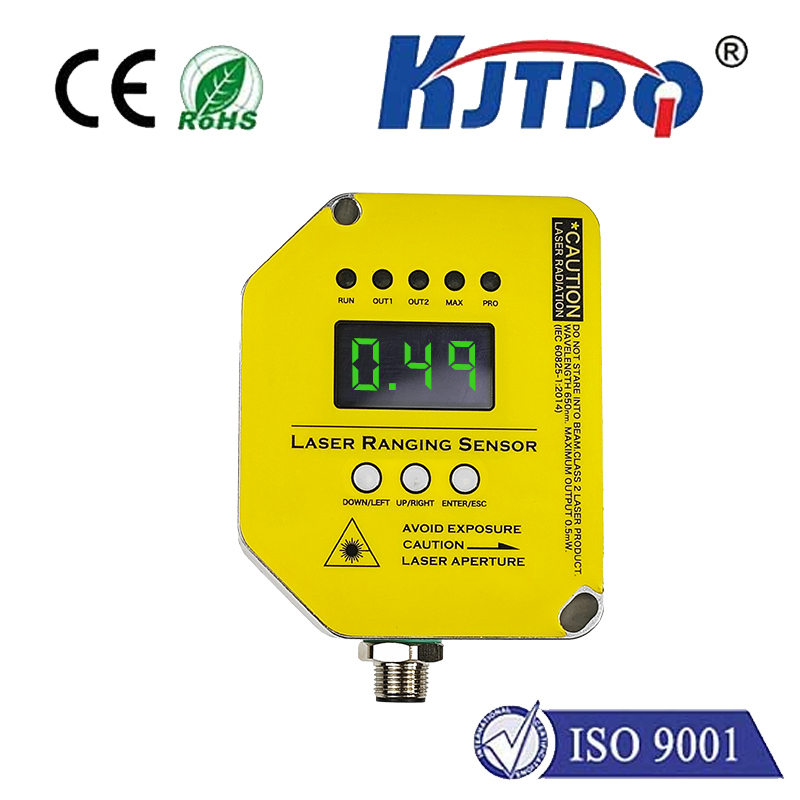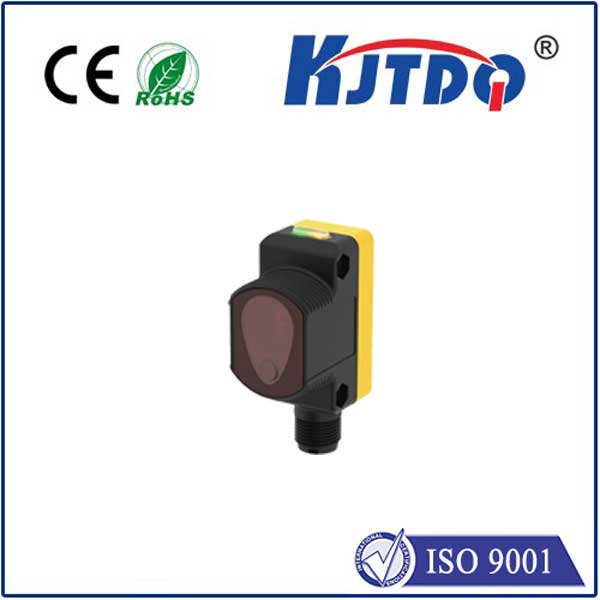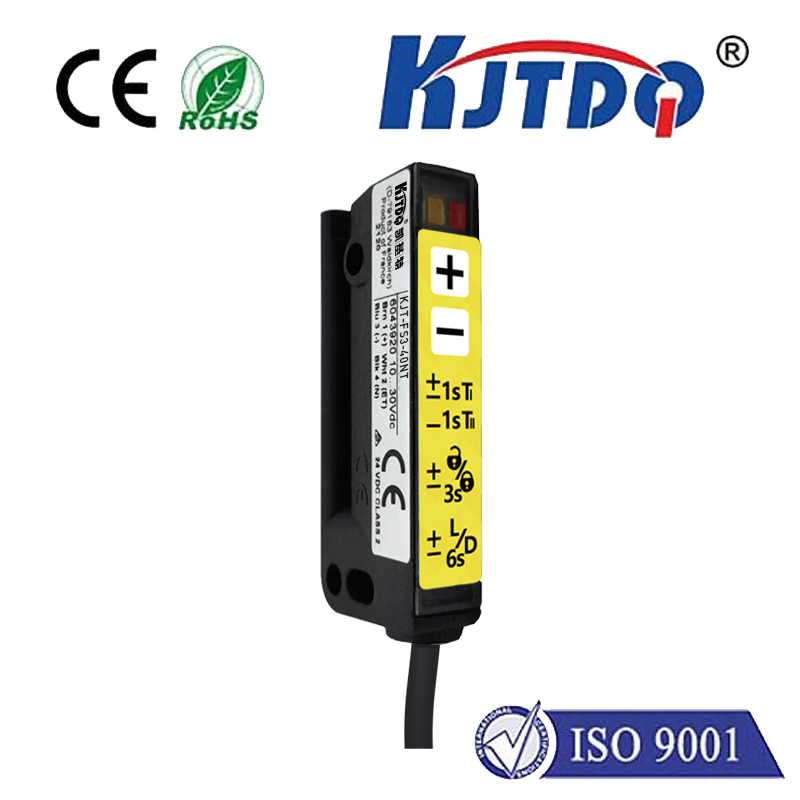
check

check

check

check

The Future of Light Detection: Exploring the Wonders of Laser Photo Detectors In the ever-evolving world of technology, one innovation stands out for its potential to revolutionize the way we detect and analyze light: the laser photo detector. This remarkable device has captured the attention of scientists, engineers, and enthusiasts alike, thanks to its unparalleled precision, speed, and sensitivity. In this article, we will delve into the fascinating world of laser photo detectors, exploring their history, applications, and the impact they are expected to have on various industries. A Brief History of Laser Photo Detectors The concept of using lasers to detect light is not a new one; in fact, it dates back to the early days of quantum mechanics in the 20th century. However, it was not until the 1960s that the first practical laser photo detectors were developed. These early devices were rudimentary by today’s standards, but they laid the groundwork for the sophisticated instruments we see now. Over the years, advances in materials science, electronics, and computing have allowed laser photo detectors to become increasingly powerful and versatile. Modern devices can detect a wide range of wavelengths, from ultraviolet to infrared, with incredible accuracy and speed. This has opened up new possibilities for researchers and practitioners in various fields, from astronomy to medicine. Applications of Laser Photo Detectors One of the most exciting applications of laser photo detectors is in the field of astronomy. By detecting faint sources of light in space, such as distant galaxies or newly formed stars, these devices allow astronomers to explore parts of the universe that were once beyond our reach. This has led to groundbreaking discoveries about the origins and evolution of the cosmos. In medicine, laser photo detectors are used in a variety of diagnostic and therapeutic procedures. For example, they can be employed to measure blood flow in real time, allowing doctors to identify blockages and other issues with unprecedented accuracy. They can also be used to destroy癌细胞 through a process known as photodynamic therapy, which involves exposing the cells to high levels of light energy. Other applications of laser photo detectors include environmental monitoring, military communications, and even entertainment. For instance, they are commonly used in concert lighting systems to create dazzling effects that would be impossible with traditional light sources. The Impact of Laser Photo Detectors on Industry As laser photo detectors become more affordable and accessible, they are expected to have a transformative impact on various industries. In manufacturing, for example, these devices could be used to improve quality control by detecting even the smallest imperfections in products. This would lead to greater efficiency and lower costs for manufacturers. In transportation, laser photo detectors could be used to develop advanced driver assistance systems (ADAS) that enhance safety and convenience for drivers. For instance, they could be employed to monitor blind spots or detect obstacles in a vehicle’s path, providing drivers with valuable information that helps them avoid accidents. The future of laser photo detectors is limited only by our imaginations. As we continue to push the boundaries of what is possible with this technology, we can expect to see even more innovative applications emerge in fields as diverse as agriculture, art, and artificial intelligence. In conclusion, laser photo detectors represent a thrilling frontier in the world of light detection and analysis. With their unparalleled precision, speed, and sensitivity, they have the potential to revolutionize industries ranging from astronomy to medicine to transportation. As we continue to explore the possibilities offered by this remarkable technology, we can look forward to a future filled with groundbreaking discoveries and innovations that will enhance our lives in countless ways.
